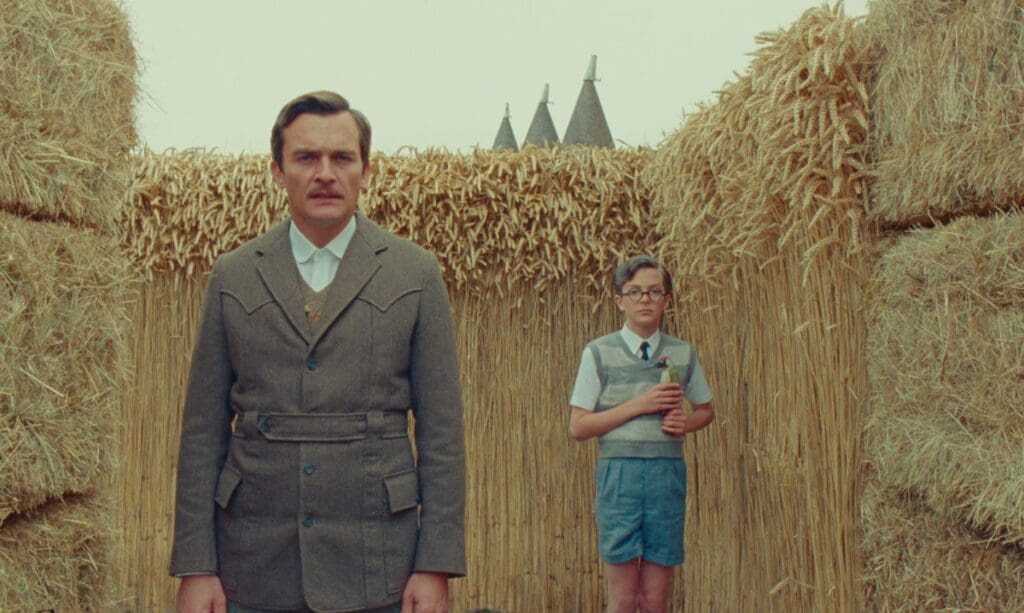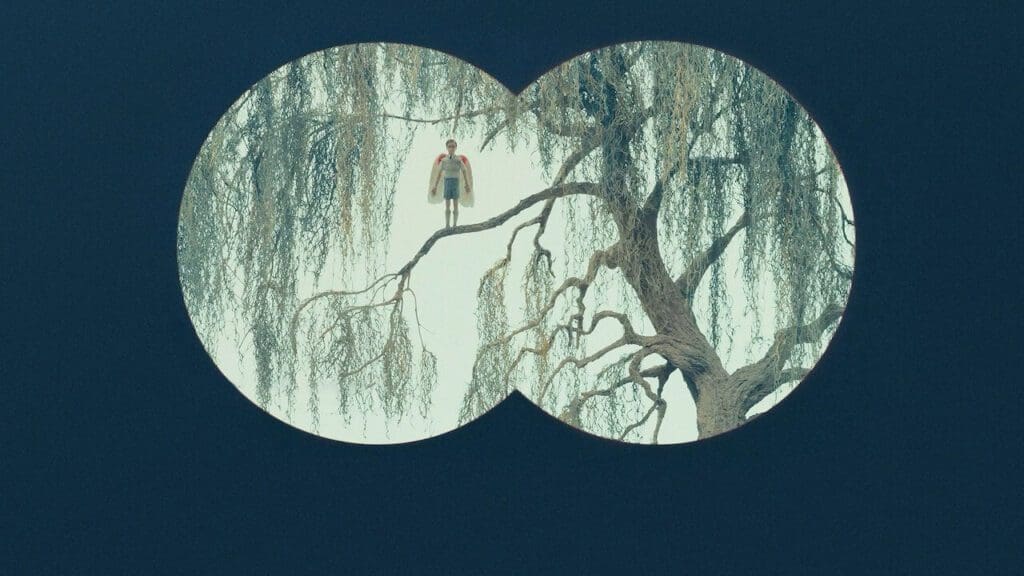The second of four short films from Wes Anderson adapting the stories of Roald Dahl for Netflix, The Swan is a sweet-looking but ultimately quite grim tale pitched at a slightly older audience than the one Dahl is most associated with. With Anderson’s typically ambiguous filmmaking and Dahl’s deliberately metaphorical writing, the ending of The Swan is steeped in symbolism and meaning, and we’re here to lay out the particulars for you – with major spoilers, of course.
Dahl’s work was in the news recently when his most iconic children’s stories were re-issued with ill-advised edits suggested by “sensitivity readers”. One can only imagine what these readers would have made of his short-form work. The Swan is taken from the collection The Wonderful Story of Henry Sugar and Six More and isn’t quite as psychotic as some of Dahl’s other short fiction (looking at you, Skin!), but it’s nonetheless a sometimes unpleasant exploration of bullying and trauma.
In the story, a young ruffian named Ernie is gifted a rifle, and he and his friend Raymond go out to see what they can kill with it, stumbling on a sweet young boy named Peter Watson and subjecting him to an evening of torture for their own amusement.
The Swan Ending Explained
Is The Swan based on a true story?
Unlike The Wonderful Story of Henry Sugar, which purports to be true as a dramatic gimmick, The Swan is actually based on true events.
A note at the end of the short reveals that the story was inspired by a news story, which Dahl kept in his “Ideas Book” for thirty years. It doesn’t go into any more detail than this, and the real event can’t have occurred in the same manner for obvious reasons, but there’s certainly a grim grain of truth to Peter Watson’s story.
READ: The Wonderful Story of Henry Sugar Ending Explained

How does Peter survive the train?
One of the unpleasant things that Ernie and Raymond subject Peter to is tying him to the nearby train tracks and waiting for a speeding train to pass by. Peter is able to survive this by digging an indentation with the back of his head, lowering it a couple of inches, and turning his feet inwards, almost flat.
This sadistic torture is only the beginning for Peter, who is subsequently released from the tracks but taken to a lake with his hands still bound. Despite Peter’s protestations, the two boys take aim at a swan out on the lake and shoot it dead, sending Peter to recover its corpse, during which he finds it was guarding its cygnets.
Ernie slices the wings from the swan, ties them to Peter’s back, and tells him to climb to the top of a weeping willow, leap off, and spread them. When Peter refuses to jump, Ernie shoots at him, hitting him in the leg and leaving him hanging from a branch which eventually begins to snap.
READ: Swan Song Review
Does Peter die at the end of The Swan?
The Swan leaves Peter’s fate deliberately ambiguous. The perspective switches to Dahl himself for the final portion of the story, as he describes Peter falling from the tree, spreading his wings, circling the village, and eventually crashing into the ground in his mother’s garden.
In the original story, Peter survives. This is implied to also be the case in this retelling, as the story’s narrator is a grown-up version of Peter recounting the events that happened to him as a child.
What does the swan symbolize?
Both the young and adult versions of Peter present with the swan’s wings, which is an obvious visual signifier of the trauma staying with Peter into his adulthood.
Swans can represent multiple things. They’re often — due to being pristine white — closely associated with chastity and purity and in some cases prosperity. However, in this story, it’s easy to imagine the sprouting of wings as the more significant aspect of the visual metaphor. This is often taken to mean coming into one’s own, or perhaps the loss of innocence, which would be a neat thematic fit with Peter’s story.



